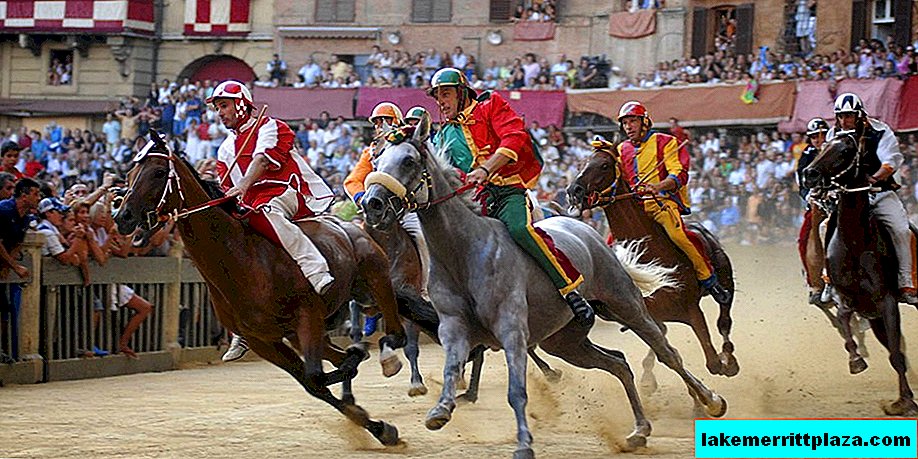The Basilica of St. Clement (Basilica di San Clemente) is a church that is worth visiting for everyone who wants to feel that the "Eternal City" is not a figure of speech, but a reflection of reality.
In this small church, located east of the Colosseum (Colloseo), under the very usual guise of the Italian Seicento, there is a real storehouse of Christian shrines, works of art and a layer of historical layers from the emperor Nero to the 18th century.
Patron saints

Do not be surprised, but the Basilica of San Clemente in Rome is the place where you can worship even Orthodox saints. Under its arches, the relics of St. Clement, the fourth Roman bishop who received martyrdom in the Inkerman quarries and Cyril, one of the Slavic enlighteners who gave us the ABC, are found.
Clement's tomb is located in the lower church, since the basilica is a staircase to the past, and this is not a figure of speech. Going down into the temple, you can be transported from today to the era of Ancient Rome.
History and Description
For half a millennium of embellishment, the Basilica of St. Clement has turned into a real jewelry box. Richer in Rome, only St. Peter's Basilica (Basilica di San Pietro). But this is not all that is amazing about this church in Rome. Thanks to the curiosity of the prior of the church of Joseph Mauri, archaeological excavations began in the middle of the 19th century, which made it possible to discover elements of the early Christian basilica under medieval buildings.
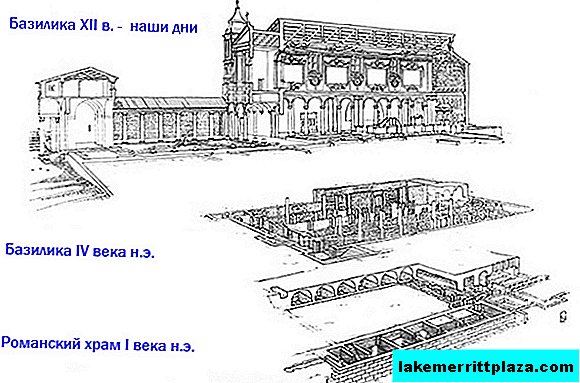
The Church of St. Clement is a unique sacred place. According to modern archaeologists, it became known that the structure of the building is a kind of pyramid containing three tiers of buildings:
- lower (I - III century A.D.);
- middle (IV century AD);
- upper (XII - our days).
Lower level
During excavations of the early Christian basilica, archaeologists were waiting for more amazing finds dated to the I-III centuries of our era.
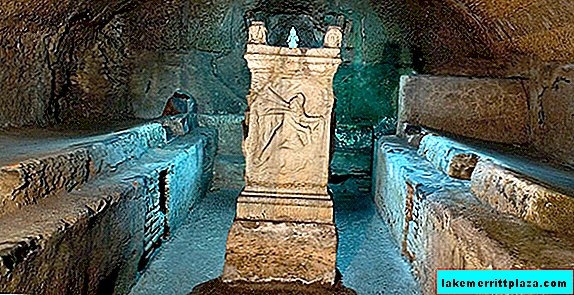
The temple of Mithra dating back to the 3rd century was excavated. From it remained a triclinium - a long grotto with a vaulted ceiling, stone benches for adepts and an altar where Mithra is depicted - an ancient deity personifying sunlight, harmony and friendship.
After diverting water from the foundation, it was possible to get to the ruins of civil buildings burned by Nero in the 64th year. It was possible to find out that one of the buildings belonged to the Roman consul Titus Flavius Clement. He was a secret Christian and was executed during the reign of Emperor Domitian. It is possible that it was his name that was considered by the builders of the early Christian basilica as a kind of sacred sign to perpetuate the memory of St. Clement, the fourth Pope.
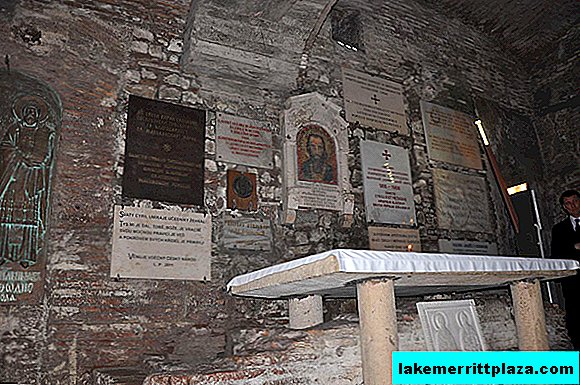
An anchor is painted on the tomb of St. Clement, located in the lower church of this extraordinary religious structure. This is a symbol of the instrument of his execution - he was drowned by order of the emperor Troyan for preaching Christianity in hard labor, where he was sent from Rome for refusing to fulfill pagan trebs.
Average level
The middle tier of the basilica contains the heavily destroyed early Christian church, created around the 4th century AD, which was damaged during the Norman invasion.

It is noteworthy that the street adjacent to the Basilica of St. Clement is called Via dei Normanni. The ruined temple was bombarded, and everything that was saved was transferred to the new building. During the excavation, splendidly preserved frescoes were discovered. One of them tells about the misfortunes of the Roman prefect Sisinius, whose wife took a vow of chastity at the prompting of St. Clement.
We can say that this mural is a medieval comic. The phrases belonging to the characters depicted are almost obscene. One of them, the most loyal, reads: “Trahite, fili de puta!” (“Drag, you sons of bitches”), - so Sisinius orders the servants to expel Clement from his house. These inscriptions became a material confirmation of the existence of the early Italian language and are a linguistic monument.

In the 9th century, the Basilica of San Clemente finally became the repository of the relics of the saint, who gave her a name. The Orthodox saints Cyril and Mythodius managed to find the remains in the territory of Crimea and delivered them to the Italian capital. Pope Adrian II accepted the sacred gift and placed it in a sarcophagus, stored in the middle tier of the basilica. In the winter of 869, Cyril died in Rome and, at the insistence of the Pope, was buried in San Clemente.
The tomb of Equal-to-the-Apostles Cyril is to the left of the altar (to the south). This place was turned into a "Slavic corner"where Serbs, Croats, Bulgarians, Russians, Ukrainians erected memorial plaques in gratitude to their enlightener.
Upper level

Entering through the door of the basilica, visitors enter the realm of splendor of the early Baroque (Seicento). Built according to the standard design - a long narrow nave with a vault on pillars, this church is decorated with all possible splendor. Magnificent bas-reliefs, paintings, murals, marble mosaic floors. In the apse of the basilica, a 12th-century mosaic panel depicting the tree of life attracts attention: birds of paradise, deer at a watering hole, heavenly Jerusalem.

The floors of the temple are decorated with magnificent mosaics in the style of cosmatesco, and the ceilings are decorated with caisson tiles with drawings (XVIII century). The walls of San Clemente are decorated with a cycle of 10 frescoes dedicated to the deeds of the Equal-to-the-Apostles brothers Cyril and Methodius, as well as Ignatius the Theologian and St. Clement. The main decoration of the apse of the basilica is the fresco "Cross - the tree of life." It depicts Jesus Christ on a crucifix, surrounded by birds, flowers, vine (XII century.). The beauty of execution and the multifaceted symbolism of the murals fascinate and make the deepest impression.
How to get there, work time
Address: Via Labicana, 95, Roma
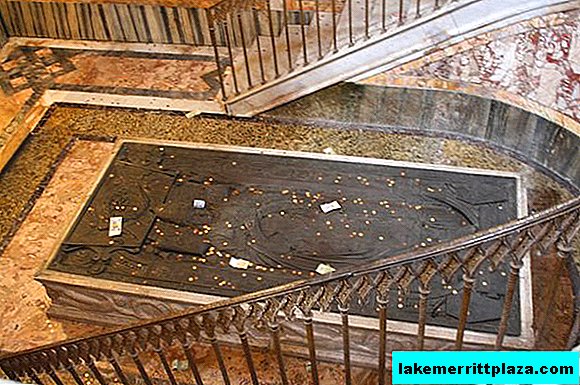
You can get on the metro, go to the Colosseo station, and then walk southeast on Via di San Jiovanni in Laterano. On a cobblestone pavement street is almost inconspicuous, use Via dei Normanni as a guide. After another block, turn left onto Piazza di San Clemente. Just around the corner you will see a gate under a gable roof and a marble sign above them.
- Temple hours: services are held Monday through Saturday at 8:00 and 18:30 in Italian; Saturdays at 9:30 - services in Latin (October-June);
- Mitrium working hours: Monday to Saturday from 9:00 to 12:30 and from 15:00 to 18:00;
- Ticket price to Mitrium: full - 5 euros, for students under the age of 26 - 3.5 euros. From July 1, 2015 the price of tickets will be changed!
- Official site: www.basilicasanclemente.com








